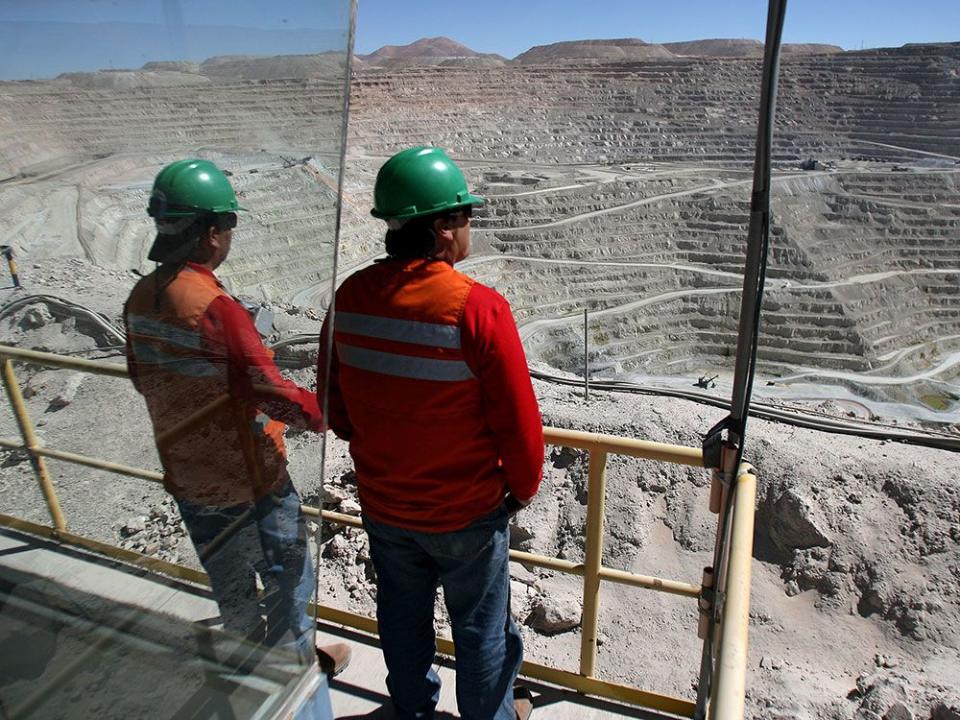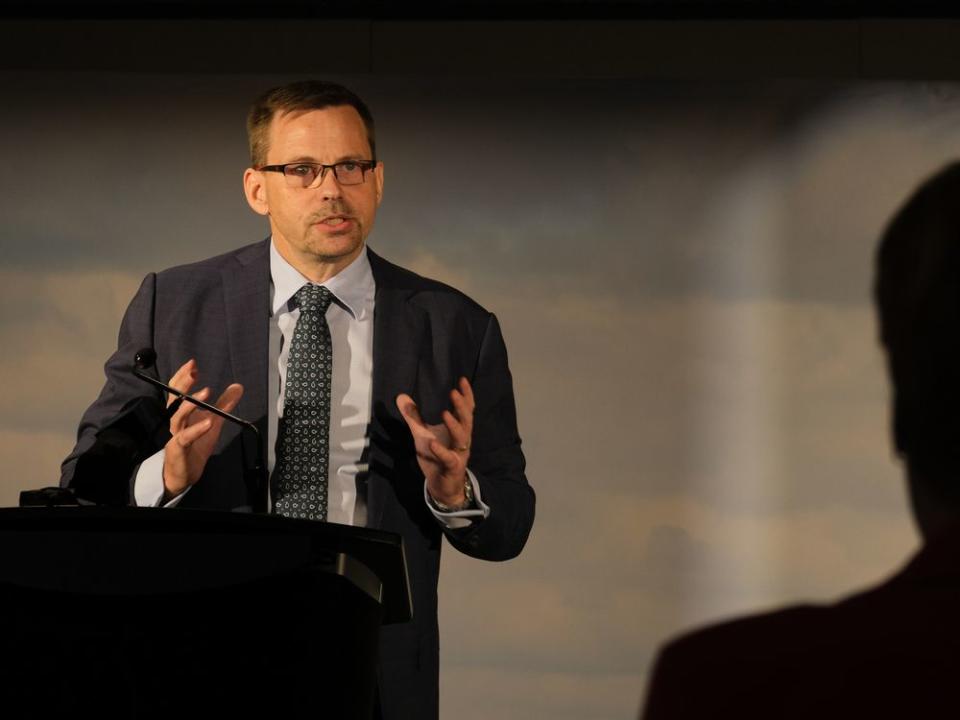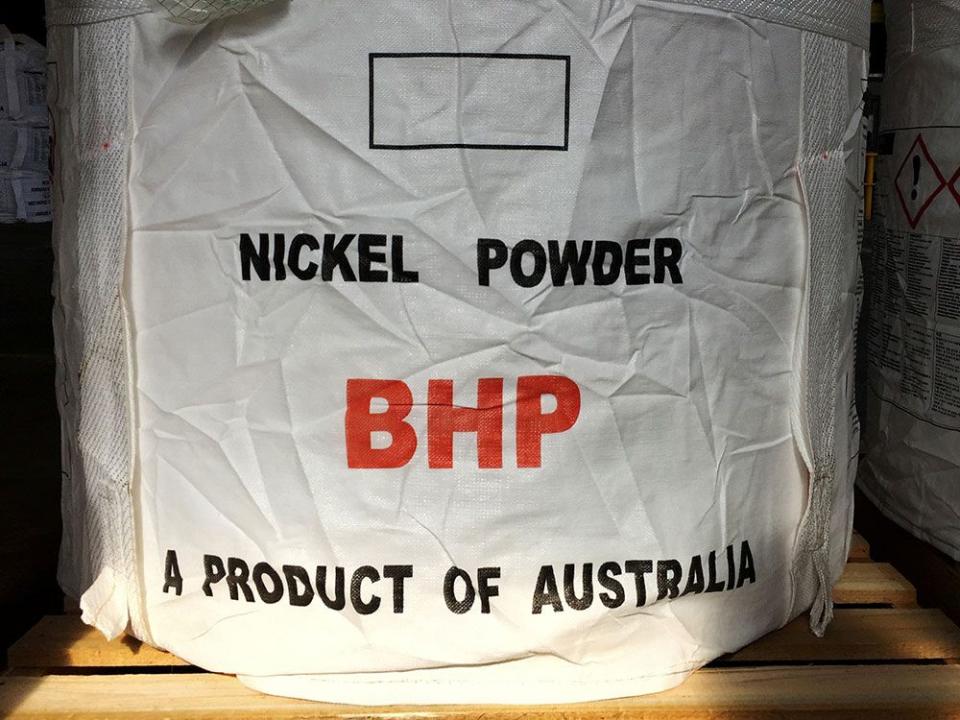The world's biggest miner is ready to plant more flags in 'highly desirable' Canada

A little over a year ago, Melbourne-based BHP Group Ltd., the world’s largest miner, bowed out of the highly publicized bidding war with Australian billionaire Andrew Forrest’s Wyloo Metals Pty. Ltd. for a nickel project in Ontario’s Ring of Fire region.
The tug of war between the two Australian miners over a Canadian asset included multiple bids over almost half a year before Wyloo’s $616.9-million bid in December 2021 led to the takeover of Noront Resources Ltd. — and with it the much talked about Eagle’s Nest project in northern Ontario.
Losing out to Wyloo, however, didn’t discourage BHP on planting more flags in Canada. The company has made a series of alternative investments since bowing out of the Noront auction that haven’t received as much attention, but suggests that BHP may be open to building a battery metals empire in Canada.
“Mergers and acquisition is one lever for growth but not the only lever for growth for us at all,” Rag Udd, BHP’s president of minerals for the Americas, said after the company reported its latest quarterly financials on Feb. 21. “We see Canada as a highly prospective and desirable location to actually making investments,” he added.

BHP is coming off a down year. The company said this week that revenue fell 16 per cent over the final six months of 2022 from the same period in 2021, while profit tumbled 27 per cent. Udd attributed the decline to lower prices of iron ore and copper last year and rising costs. The company’s stock dropped sharply on the news, but recovered, and is now about four per cent higher than year ago.
Still, BHP, like most miners these days, is optimistic. The demand for metals that are crucial in powering batteries and driving the transition to greener energy — primarily lithium, nickel and copper — is on the rise as more countries look to meet their climate goals. Major mining companies such as Teck Resources Ltd., Barrick Gold Corp. and Rio Tinto Ltd. have been involved in building, exploring and buying projects containing these minerals to take advantage of the boom.
Governments also want a piece of the action. Canada, for its part, is attempting to lure miners and automakers to the region through tax credits and funds in order to build its own electric vehicle industry.
We see Canada as a highly prospective and desirable location to actually making investments
Rag Udd, BHP's president of minerals for the Americas
BHP, which already produces a vast amount of nickel and copper at mines around the world, set up an office for minerals exploration in Toronto about a year-and-half ago. The group has a special focus on metals such as copper and nickel, and the objective is to find Canadian miners with good assets and invest in them.
Over the past year, the Australian miner invested $13.6 million in a copper project run by Vancouver-based Brixton Metals Corp., renewed its exploration alliance with Montreal-based Midland Exploration Inc. and invested $100 million in Vancouver-based Filo Mining Corp., which is developing a copper-gold project on the Argentinean-Chilean border.
These investments aren’t significant, especially for a company the size of BHP, which earned a revenue of about US$65 billion in 2022, Udd acknowledged. One of the reasons BHP has taken a cautious approach to investing in green metals in Canada is because it already runs the Nickel West operations in Australia, which it says is the world’s leading nickel supplier to the battery metals market.

However, Udd said that Canada’s recently announced critical minerals strategy makes it a “very very attractive jurisdiction” for BHP and aligns it with the “company’s priorities moving forward.”
Released in December, Canada’s first significant critical minerals strategy aims to expand exploration, speed up mining projects, tackle labour shortages, and build secure supply chains with allied nations in a bid to build its on electric vehicle industry.
While the strategy comes with a list of 31 minerals that the government has deemed as “critical,” the country will initially prioritize six: lithium, graphite, nickel, cobalt, copper and rare earth elements.
If one of the goals was to attract international investment, then the strategy could be working because Prime Minister Justin Trudeau’s government got BHP’s attention.
“As we are looking to bring new supply to the market quickly, we hope that Canada actually continues to not only focus on the critical minerals strategy but also the efficiency of the regulatory processes associated with that,” said Udd.
Ottawa knows regulation is getting in the way of investment. Jonathan Wilkinson, the natural resources minister, said repeatedly last year that he’s working on making the system more efficient. When he released the critical minerals strategy in December, he acknowledged that permits need to be granted faster, and suggested the federal and provincial governments could conduct reviews concurrently instead of consecutively.
BHP to start recruiting hundreds to operate potash mine in Saskatchewan
Rio Tinto invests in early stage copper project amidst next ‘M&A cycle’
Ottawa to give BHP up to $100 million to cut emissions at Jansen potash project
Of course, BHP’s main focus in Canada currently isn’t on battery metals, but potash, a vital crop nutrient that is also deemed as a critical mineral by the federal government. BHP is currently pressing forward with Jansen, a $7.5-billion project 140 kilometres east of Saskatoon that will be the world’s largest potash mine once completed.
However, judging by BHP’s activities in the last year and Udd’s statements on BHP’s future in Canada, few would be surprised to see the world’s largest miner expand its interests in Canada.
“We are looking to build up on in terms of thematics around decarbonization, electrification and population growth,” Udd said. “We see these as the mega-trends that are going to play out in the next 50 years globally, and we think Canada is well positioned.”
• Email: nkarim@postmedia.com | Twitter: naimonthefield
Listen to Down to Business for in-depth discussions and insights into the latest in Canadian business, available wherever you get your podcasts. Check out the latest episode below:

 Yahoo Finance
Yahoo Finance 